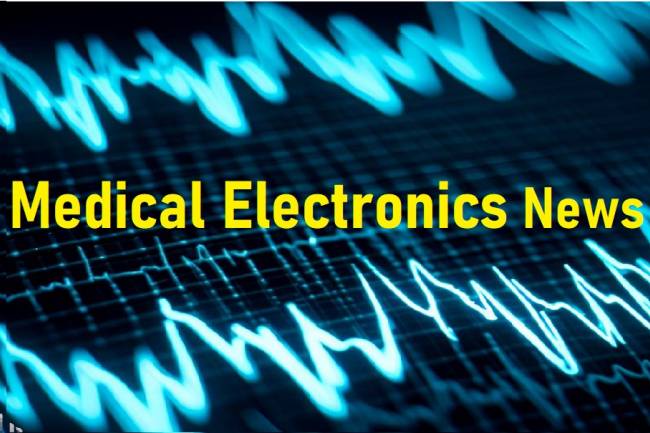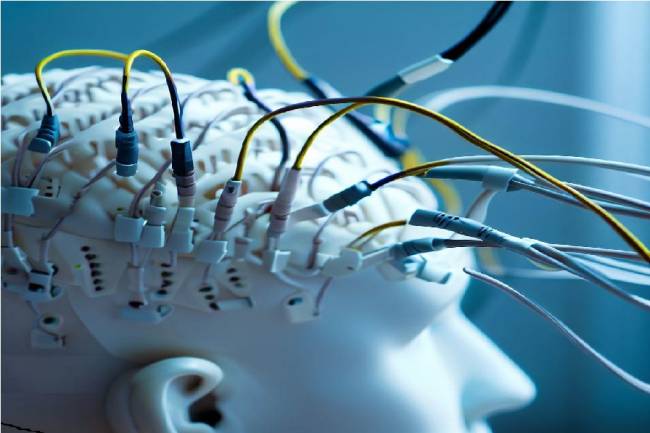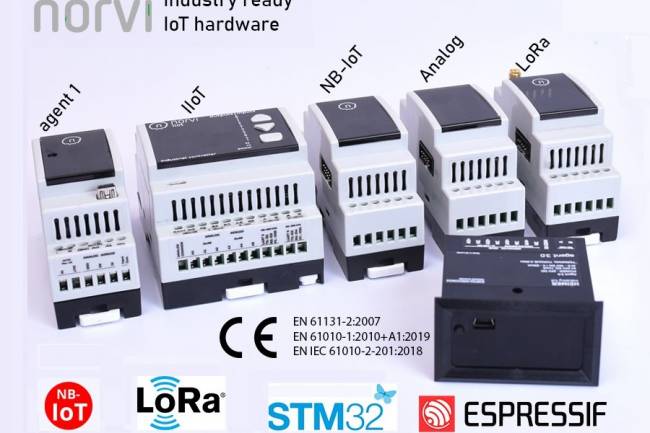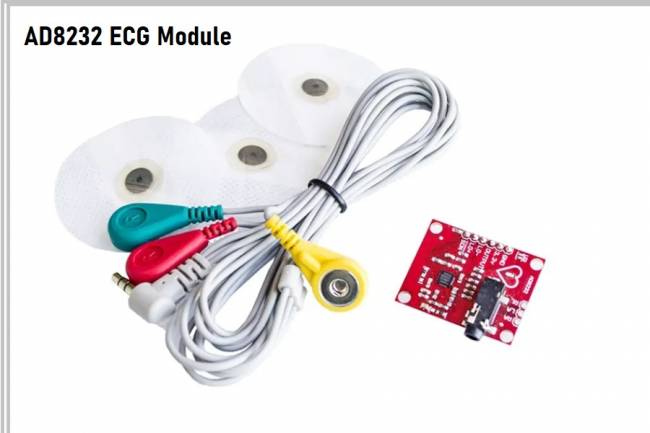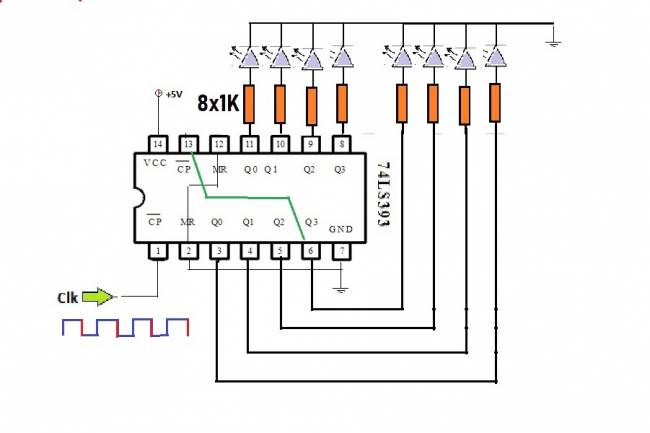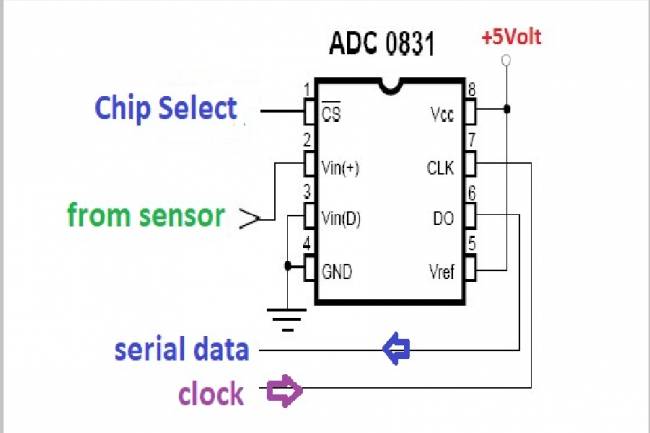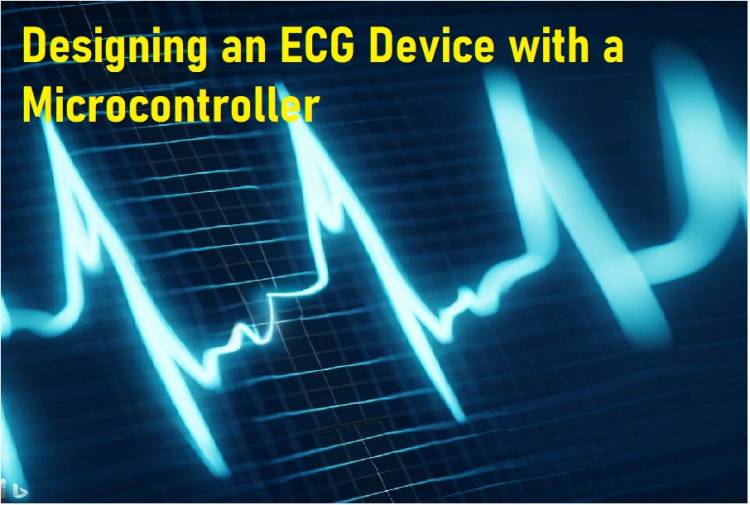
Designing an ECG Device with a Microcontroller
In our previous article, we talked about ECG basics.
We said that one of the most important components in ECG systems is sensors. If we want to make an ECG device using sensors together with an MCU, we first need to examine the sensors a bit.
We have attached an application-training video made with the AD8232 ECG module below.
Various ECG sensors and modules are available to measure ECG with microcontrollers such as Arduino. These sensors may include electrodes and signal processing circuitry and can be used to read and process electrocardiogram (ECG) data. Here are some examples of popular ECG sensors and modules:
1. AD8232 ECG Module: This module is used to detect heartbeats and receive ECG data. It can be used with one or three electrodes. It can be integrated with Arduino and other microcontrollers.
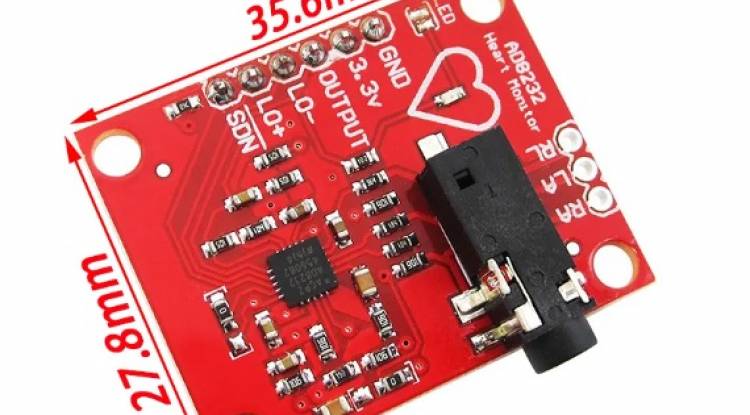
2. MAX30003 ECG and Bioimpedance Module: This high performance module can perform bioimpedance measurements as well as ECG data. It is often used for more advanced and research applications.
3. ADS129X ECG Analogue Pre-Tone Modules: This series is designed for high precision ECG measurements. It can contain multiple channels and is suitable for professional or private applications.
4. ECG Electrodes: Besides the sensor modules, you can also use stand-alone electrodes. These can be metal plates or adhesive electrodes placed on the skin. You must consider the signal processing circuits required to connect with the microcontroller.
5. Polar Cord and Electrodes: This electrode kit contains polar electrodes for ECG measurements and generally allows patients to be securely attached to the skin.
6. DIY Sensors: You can also create your own ECG sensor in some DIY projects. This can be particularly interesting for customized applications and educational purposes.
ECG sensors and modules can vary based on your design requirements and the complexity of your project.
Important Note: Where do ECG sensors connect in the body?
Electrocardiogram (ECG) sensors are placed in specific areas on the body and measure the electrical activity of the heart muscle. Correct placement of these sensors is important to obtain accurate and reliable results.
Here are some typical areas of the body where ECG sensors might be attached:
1. Chest Electrodes: Electrodes, which are the most common use of ECG, are usually placed in the chest area. Chest electrodes help record heart activity from different angles. These electrodes are called V1, V2, V3, V4, V5 and V6. V1 and V2 are placed in the upper part of the right chest, while V3, V4, V5 and V6 are placed in order to the left.
2. Hand Electrodes: Right and left hand electrodes are placed on the wrist or at wrist level. These electrodes also help to record heart activity in the horizontal plane.
3. Leg Electrodes: Right and left leg electrodes are usually placed at ankle or ankle level. These electrodes help to record cardiac activity in the vertical plane.
4. Right Upper Limb Electrode: It is placed on the upper part of the right arm and used as a separate reference electrode.
5. Left Upper Limb Electrode: It is placed on the upper part of the left arm and used as a separate reference electrode.
Sensor placement points should be performed in accordance with standards and guidelines set by the International Committee for Electrocardiography (IEC). Correct electrode placement helps ECG waves to accurately reflect electrical activity from different parts of the heart. It is important that you use medical expertise and guidelines to correctly position and read ECG sensors.
Related article: Heart Rate Measurement with MCU
Relate article (AD8232) : AD8232 Heart Rate Monitor




